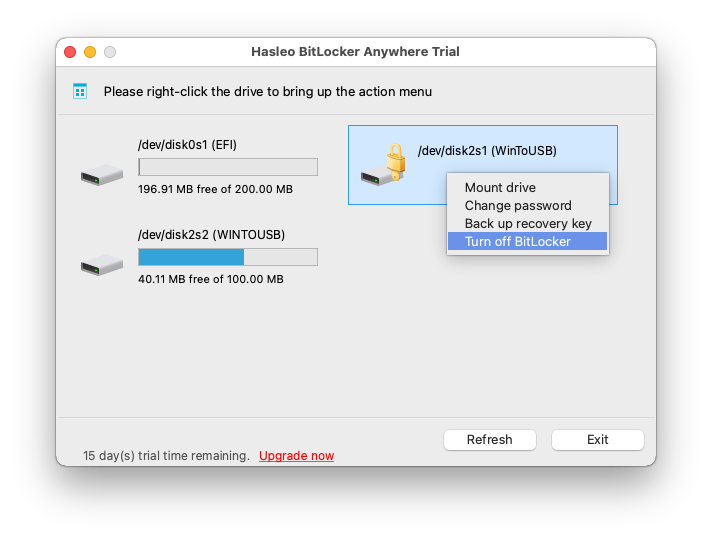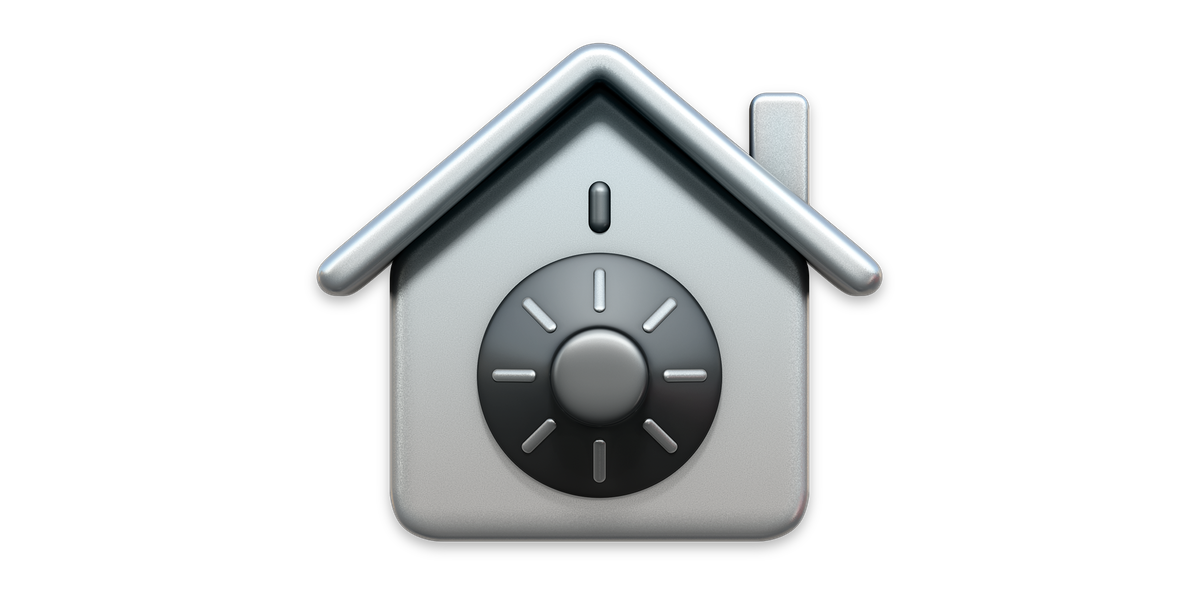

MACBOOK ENCRYPTION KEY HOW TO
Related: How to Password Protect Folders on Mac and Protect Your Dataĭisadvantages of FileVault Encryption on MacĪlthough FileVault is so easy to use, it is not suitable for everyone.

This ensures that your data and personal information is protected, even if you happen to misplace or lose your Mac or it gets stolen. Advantages of FileVault Encryption on MacĪs mentioned above, FileVault Encrypts all the Files and data on your Mac, which makes it practically impossible for anyone to gain unauthorized access to Files and Data on your Mac. The difference in performance is hardly noticeable on newer Macs with SSD drives and can be noticed on older Macs without SSD drives. While encryption of new files on Mac does not really take any time, there is a minor performance hit involved while using the FileVault feature on your Mac. If the password is accepted, the volume mounts on the Desktop.However, once the disk is encrypted, FileVault offers on the Fly Encryption for every new file that you create or modify on your Mac.

If you don't know the name of the startup volume (such as Macintosh HD) on the disk you want to unlock, open Disk Utility, then locate the volume name in the sidebar.If you stored the private recovery key in an encrypted disk image, double-click the file to mount the image and enter the password when prompted.On the host Mac, connect the external drive that contains the private recovery key.When you're prompted to enter a password to unlock the disk, click Cancel.Connect the Mac to another Mac (the host) using a Thunderbolt 3 (USB-C) cable.Once you see the Thunderbolt logo, release the T key.On the Mac you want to unlock, turn on the computer while holding the T key.If a user forgets their macOS user account password and can't log in to their Mac, you can use the private key to unlock their disk. You should see a message that a recovery key has been set by your company, school, or organization. If FileVault is turned off, open Security & Privacy preferences and turn on FileVault.Sudo fdesetup changerecovery -institutional -keychain /Library/Keychains/FileVaultMaster.keychain If FileVault is already turned on, enter this command in Terminal:.Sudo chmod 644 /Library/Keychains/FileVaultMaster.keychain Sudo chown root:wheel /Library/Keychains/FileVaultMaster.keychain These commands make sure that the file's permissions are set to -rw-r-r- and the file is owned by root and assigned to the group named wheel. Open the Terminal app and enter both of the following commands.Put a copy of the updated FileVaultMaster.keychain file in the /Library/Keychains/ folder.After removing the private key from the keychain, follow these steps on each Intel-based Mac that you want to be able to unlock with your private key.


 0 kommentar(er)
0 kommentar(er)
